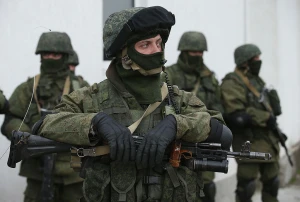
Russian drone offensive sees limited success as Ukraine’s air defenses prevail
Despite a significant increase in Russia's use of decoy and attack drones, their effectiveness remains low, with most intercepted by Ukrainian defenses
Defense Express reports.
According to the Ukrainian Air Force Command, Geran-2 and Parodist drones can account for up to 50% of all drones launched by Russia in coordinated Shahed attacks.
The Parodist drone is generally of higher quality compared to the Geran-2. A close-up of the plywood-built Parodist reveals better build quality and a more refined production process.
Equipped with a Luneburg lens, Shahed drones appear as larger targets on radar due to a partially foil-covered component that enhances radar reflectivity.
An inspection of the Geran-2 drone reveals the use of hot-melt glue, various screws, and minimal cable management, highlighting its more rudimentary assembly.
However, both drones share similar electronics, utilizing readily available civilian-market components. In the case of the Geran-2, the electronics cost under $100–$200, with the engine being the most expensive part.
Russia employs a tactic where these decoys are used not only to distract Ukrainian air defenses but also to create "corridors" within those systems. However, the overall effectiveness of these tactics has been lower than Moscow may have anticipated.
In October, only 4.83% of the record number of both attack and decoy drones reached their targets, while the rest were either shot down, jammed by electronic warfare, or crashed. Comparatively, in August, when fewer decoys were used, the effectiveness of Russian drones was 3.18%.
This 2.5-fold increase in drone deployment led to only a minimal rise in the success rate—a mere 1.65% increase, within the statistical margin of error. These findings were published by the General Staff of the Ukrainian Armed Forces to clarify changes in the success rate of Shahed interceptions over time.
- News














































